Photography Travel in Iran
Iran is an amazing destination for photography and depending on your photography type there is so much to offer for experts in this field. The most important type we could mention are as below:
1- Landscape photography in Iran
2- Iran portrait photography
3- Architecture photography in Iran
4- On the Road Photography
5- Iran’s Tribes and nomads (and their lifestyle) Photography
Along with the above main categories, there is also another topic for special interests like bird-watching and wildlife adventure photography in Iran and a much unrelated subject, Persian historical houses. Photography of events or special festivals is also another specific topic that many travelers come to Iran for. Some travelers are interested in these events but for photographers it’s a whole different story. Ashoora and Tasooa are the two main important religious ceremonies which are in the summer this year. On the 7 and 8 of August 2022. But every year those date move 12 days forward so, on 2023 the event would be 20 and 21 of July. In some towns, Ashoora and Tasooa ceremony and their special customs are totally different which is amazing for taking some out of this world shots. Along this ceremony, there are other historical ceremonies in Iran which is amazing for event photography as well. Pireh Shaliar is a traditional dance festival of Kurdish people in Howramanat and it is one of the best locations for traveling for photography.
In Adventure Iran, we have done photography in all main categories and we have performed a few photography tours in different regions. Also, another important matter for photography is that you have to visit places when it’s not crowded and you have to have local information or special guides for the destination and the topic of your photography. For example, traveling between the 18th of March to the 2nd of April is the duration of Nowruz (Persian New Year) and it is not recommended for photographer who are traveling on main touristic destinations of Iran.
1. Landscape photography in Iran
From southern part of the country in the Persian Gulf and Oman Sea, up to the Caspian sea, there are a long list of locations which is the photography spots in Iran. The season and travel time could be effective in your photography as the shape and feel of the nature is changing from time to time. Also the angle of the sunlight creates different pictures. For those who are interested in landscape photography, the below list names the most important areas that we have visited many times and did photography in:
-
Lut desert and the phenomena of the Kalouts
-
Martian Mountains in the south east of Iran (Makran coast)
-
Andej canyon in the valley of the Alamut
-
Shemshak Winter Landscape in Central Alborz Mountains (Northern Tehran)
-
Tiger canyon and the mountain road in Firozabaad
-
Bazman volcano mountain and Jazmurian wetland ( Baluchistan)
-
The Salt Lake of Dasht-e Kavir desert (Southern Tehran)
-
Dena mountain chain (Southern Zagros Range)
-
Hurmoz colorful island (Persian Gulf)
-
Hawramanat valley and the canyons in Kurdistan
-
Chabahar to Govater mountain road and the coast
-
Sare Agha Seied village and Zardkuh mountains chain
2. People photography in Iran
Iran is a vast country, having varied ethnicities and people from west to east and from north to south. The color skin, shape of the face, hair color and eyes are totally different. You have to explore the country to be aware of this important fact. Actually, the people of Iran are the most highlighted topic of the country and its one of the main reason why many travelers like to travel in Iran. They are a friendly and hospitable people and they love travelers as well. Along this fact, one of the most important types of photography you could do in Iran is people photography. Iran is one of the most interesting destinations for photography of people and it’s still authentic. Having a wide range of ethnicities in different provinces of Iran makes for an amazing opportunities. Getting pictures of men is much easier than women in Iran. In the urban cities, you could take a picture of women and you most likely make them happy too but, in the villages, or rural regions, you could not shoot your camera towards their face as they will be usually angry. You have to have a guide to lead you on how to make a deal with them and in general how to make your photography program in Iran. Below are the main topics for photography of people in Iran:
-
Turkmen people in Golestan province (Northeastern Iran)
-
Baluchistan Adventure Travel Photography
-
Bandari people in Persian Gulf islands
-
Kurdistan & Kermanshah in west of Iran and the Kurd people
3. Architecture photography
Architecture is another interesting topic for photography in Iran. As you might know, Iran architecture has been through many historical periods. You could see monuments from 3000 years ago up to the Islamic period and the Pahlavi dynasty. Depending on the region you could travel to, there are many different locations in Iran for this type of photography. Yazd historical city a UNESCO world heritage city is one of the most important sites for architectural photography. Also, Esfahan and Kashan are the two other main cities that are proper for this category as well. All those three cities are on the list of the 5 Major Touristic Cities of Iran and it’s also on the Iran Classic Route for traveling.
Below is the list of the most famous locations which are proper for architecture and monument photography in Iran:
-
Kharanaq historical village (around Yazd)
-
Historical village of Abyaneh (around Kashan)
-
Meymand historical village (UNESCO) – (between Shiraz, Kerman and Yazd)
-
Kandovan cave village (around Tabriz)
-
Meybod historical town (around Yazd)
4. On the Road Photography
This topic is not on a category or branch of professional photography, but it’s the main subject you could travel to Iran for. Depending on the region and your travel time, the scenery and landscape are different in Iran. North is greener compared with other regions and during late autumn and winter, the mountain regions are covered by snow. In central Iran, there are mostly desert regions on the road with brown and gray colors, even in the winter season. And the south is blue and white with the long coast of the Persian Gulf and Oman Sea. If you are interested in Photography on the Road in Iran, you have to know Iran Climate and Weather for Traveling.
We could recommend you a few regions according to our past experience in Iran.
-
Yazd to Mesr oasis, Central Iran (Desert Road)
-
Kandelus to Nowshahr, Caspian Sea region (Forest Road)
-
Bandar Abbas to Bushehr in the Persian Gulf (Coastal Road)
-
Khor to Tabbas, Dasht-e Kavir (Desert Road)
-
Yush to Kojor, Central Alborz (Mountain Road)
-
Khalkhal to Asalem, West Alborz- (Mountain and Forest Roads)
-
Neybandian to Mahan, Dasht-e Lut Kavir- (Desert Road)
-
Chabahar to Pasabandar port, Oman Sea coast, (coastal Road)
5. Iran’s Tribes and nomads and the life style Photography
One the main attractions of traveling to Iran is the nomads and tribes and unfortunately most travelers have no idea about this highlight. Iran is a large country with different climate and ethnicities and livestock was the main activity of people in most natural regions. We have only a few tribal regions and of course many mineral subethnicities in them. Photography of these tribes and the nomads is not easy as you should travel to the very remote area on the Off the Beaten Track regions of Iran. They are not in cities or towns. They are mostly in the mountain far away from society. They do KOOCH in winter and summer seasons (which is a seasonal migration done with their whole family along the animals and equipment). Iran tribes are distributing in all over Iran even in desert regions but the majority of them are situated in the mountainous regions. Below we have mentioned the name and region of the tribes which would be great for tribal photography:
-
Bakhtiari Nomadic tribes in Zadkuh mountains (Chahar Mahal and Bakhtiari Province)
-
Talesh Nomadic region (West of Gilan province)
-
Boier Ahmadi tribes (Dena Mountain Region)
-
Shahsavan tribe in north west of Iran (Around Mt Sabalan 4810 m)
-
Ghashghaee tribe in southern part of Zagros Mountains (around Shiraz)
-
Lar National Park and Mt Damavand







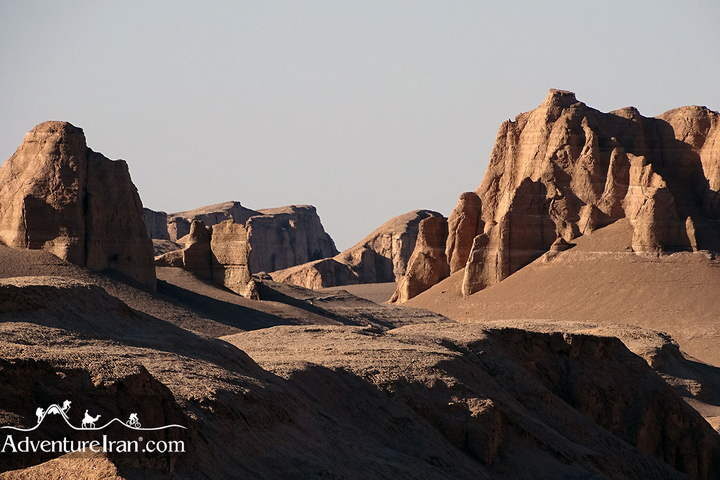


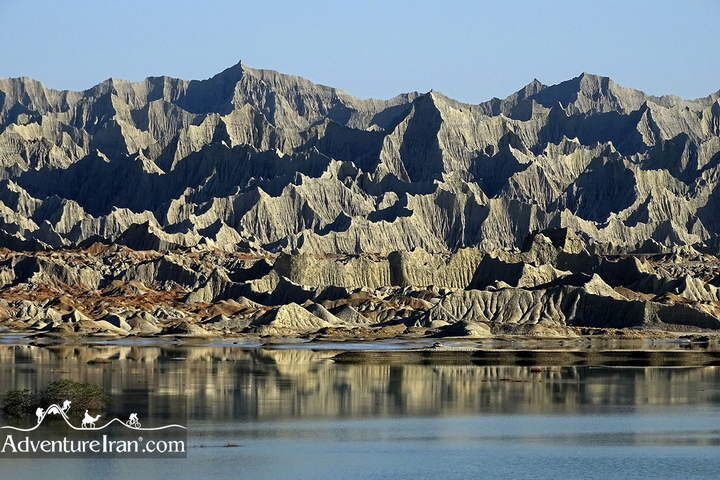



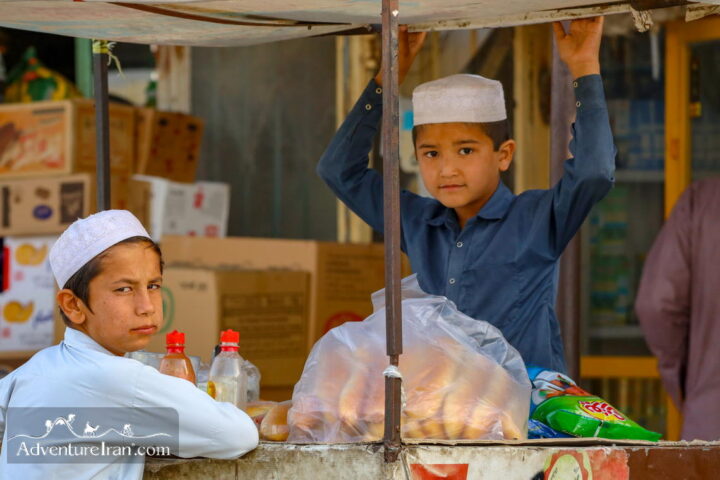




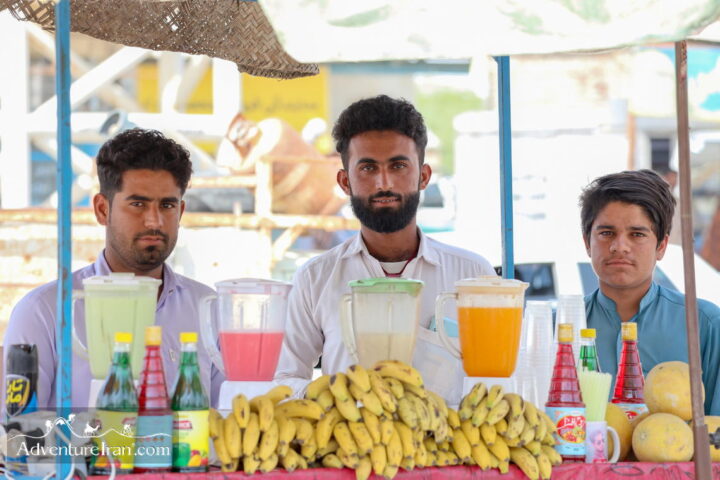



































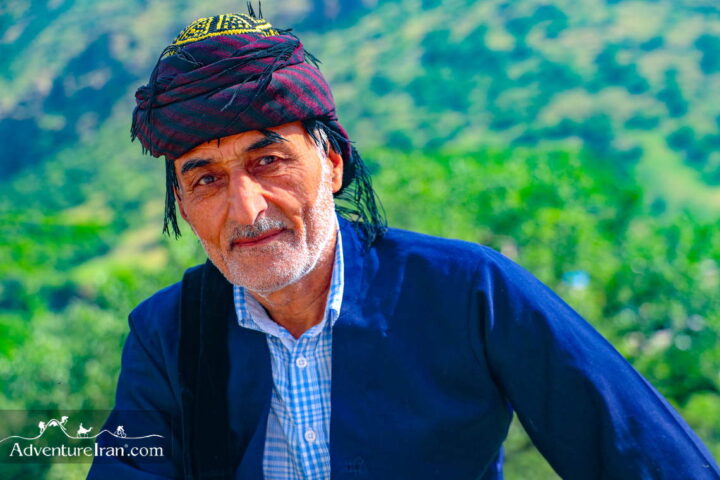

Comments